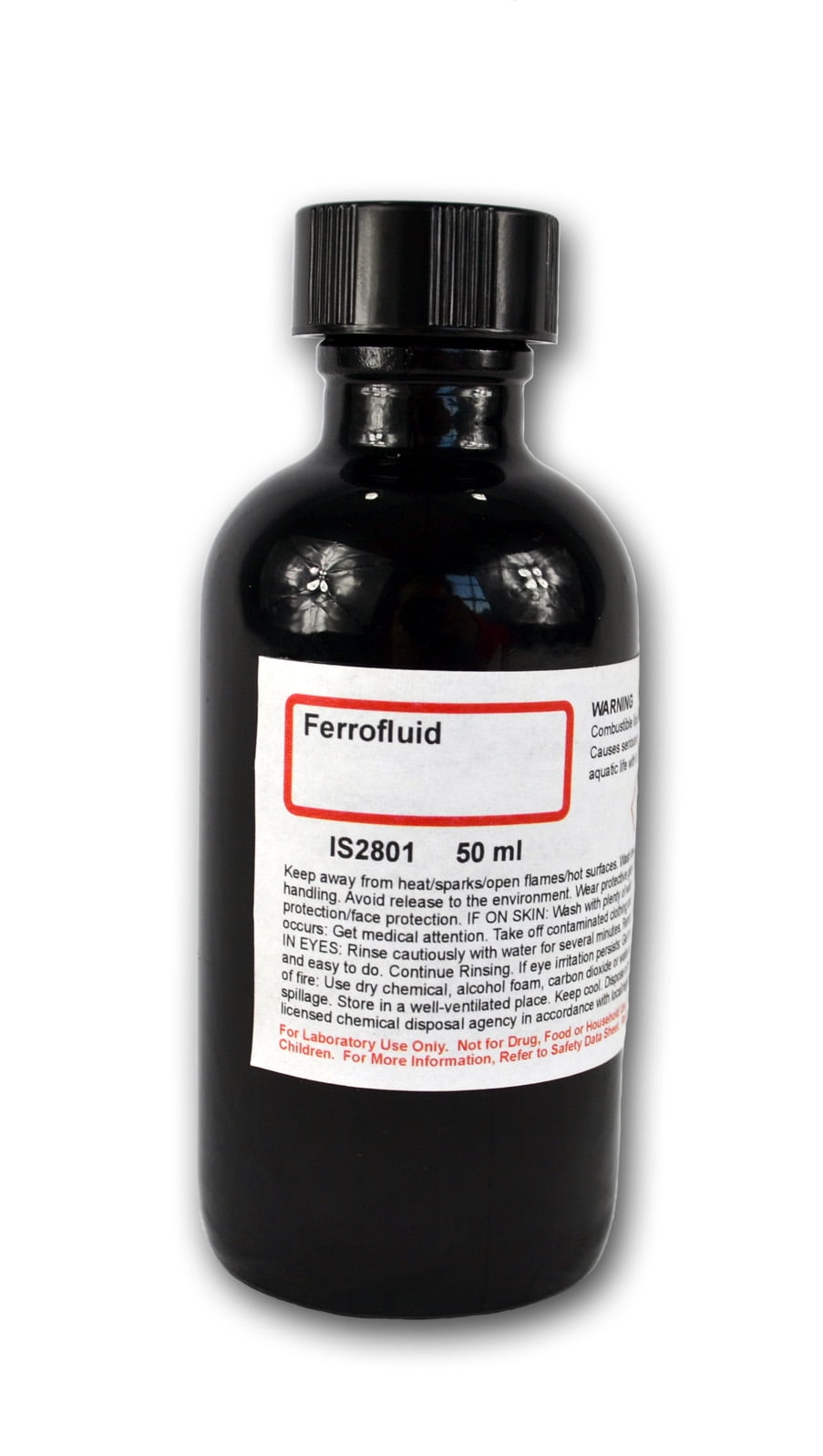

MAGNETIC FLUID IMAGE SKIN
The increasing trends of Nusselt number as well as skin friction are noticed as nanoparticle concentration increases at the outer surface of the boundary layer. The behavior of skin friction, velocity, Nusselt number and temperature are investigated numerically.

The governing transport model for nanofluid has been transformed into a set of nonlinear similarity equations and solved with a shooting technique using MATLAB ode solver and ‘fsolve’ command. The Buongiorno’s non-homogenous model is implemented which accounted with the nanolayer based effective thermal conductivity and Nielsen’s effective viscosity model. This paper considers the study of electrically conducting alumina-water nanofluid flow induced by horizontal shrinking cylinder under the effect of velocity and thermal slip at the surface. A comparison of the solutions obtained in this article to the one available in open literature is also the part of study. Graphical aid is also used to present the variations in Nusselt and Sherwood numbers. Comprehensive graphical analysis coupled with discussions is carried out to study the effects of different emerging parameters on temperature and concentration profiles. A numerical solution using Runge-Kutta method is also presented for the sake of comparison. Analytical and numerical solutions are obtained using well known Homotopy Analysis Method and Adomian׳s Decomposition Method (ADM). Problem is formulated for velocity, temperature and concentration fields using similarity transforms. Influences of first order chemical reaction are also studied. Thermo-diffusion and diffusion-thermo effects are considered to analyze the behavior of temperature and concentration profiles. Heat and mass transfer effects are taken into account. This article witnesses the magneto-hydrodynamic flow of viscous fluid in a channel with non-parallel walls. The paper also reaffirms the qualitative findings of earlier investigations which are, in fact, limiting cases of the present study.

The sufficient conditions for the non-existence of overstability are also obtained. The oscillatory modes are introduced due to the presence of the dust particles and stable solute gradient, which were non-existent in their absence. The principle of exchange of stabilities is found to hold good for the ferrofluid heated from below in the absence of dust particles and stable solute gradient. It is observed that the critical magnetic thermal Rayleigh number is reduced because the heat capacity of clean fluid is supplemented by that of the dust particles. The critical wave number and critical magnetic thermal Rayleigh number for the onset of instability are also determined numerically for sufficiently large values of buoyancy magnetic parameter M 1 and results are depicted graphically.

For the case of stationary convection, non-buoyancy magnetization and dust particles have a destabilizing effect, whereas stable solute gradient has a stabilizing effect on the onset of instability.
MAGNETIC FLUID IMAGE FREE
Using linearized stability theory and normal mode analysis, an exact solution is obtained for the case of two free boundaries. This paper deals with the theoretical investigation of the effect of dust particles on the thermosolutal convection in ferrofluid subjected to a transverse uniform magnetic field.


 0 kommentar(er)
0 kommentar(er)
